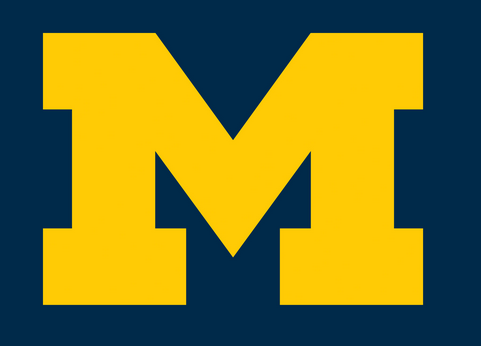HOME
| RESEARCH
| PUBLICATIONS
|
ABOUT ME |
CONTACT | WHAT'S NEW? | CASSANDRA! |
فارسی | CHANNEL | OUTREACH | COURSES | CV
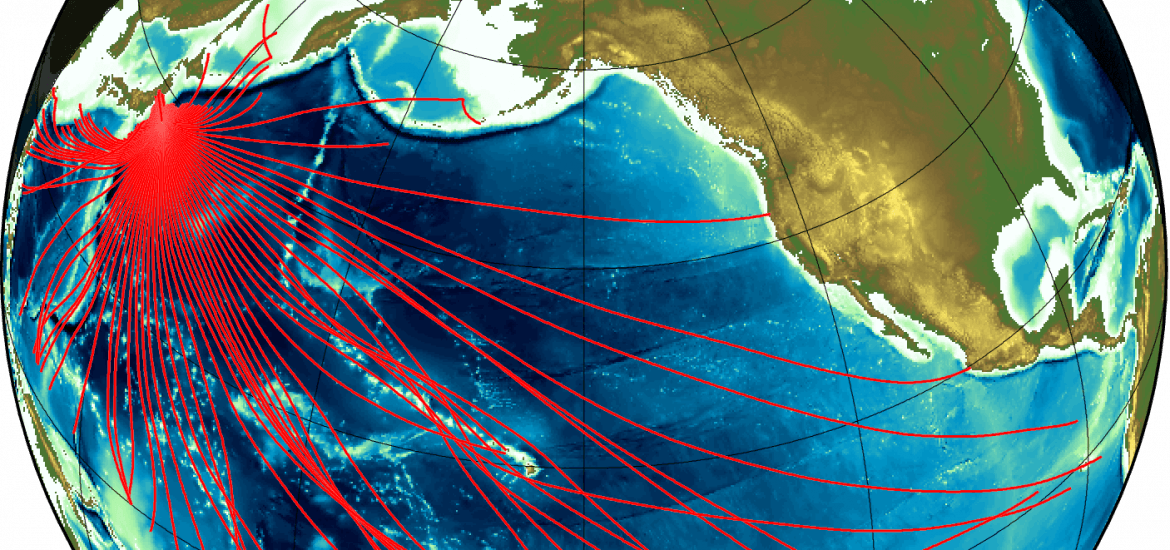
| What Is TsuBox? Tsubox is a modified and streamlined version of the algorithm originally developed by Woods & Okal (1987) in their effort to consider tsunami propagation as a bundle of energy rays. While the main idea is inherited from Fumiko Tajima’s algorithm for ray-tracing surface waves on a sphere (Tajima & Garmany, 1987), the current program is limited to a box and considers only first passages, stopping rays when they hit the boundaries of the box. The TsuBox package is designed to accommodate finite as well as point sources. Many of the results and graphics from TsuBox are cool to use and watch, and this is just the primary step in a promising area of researc |
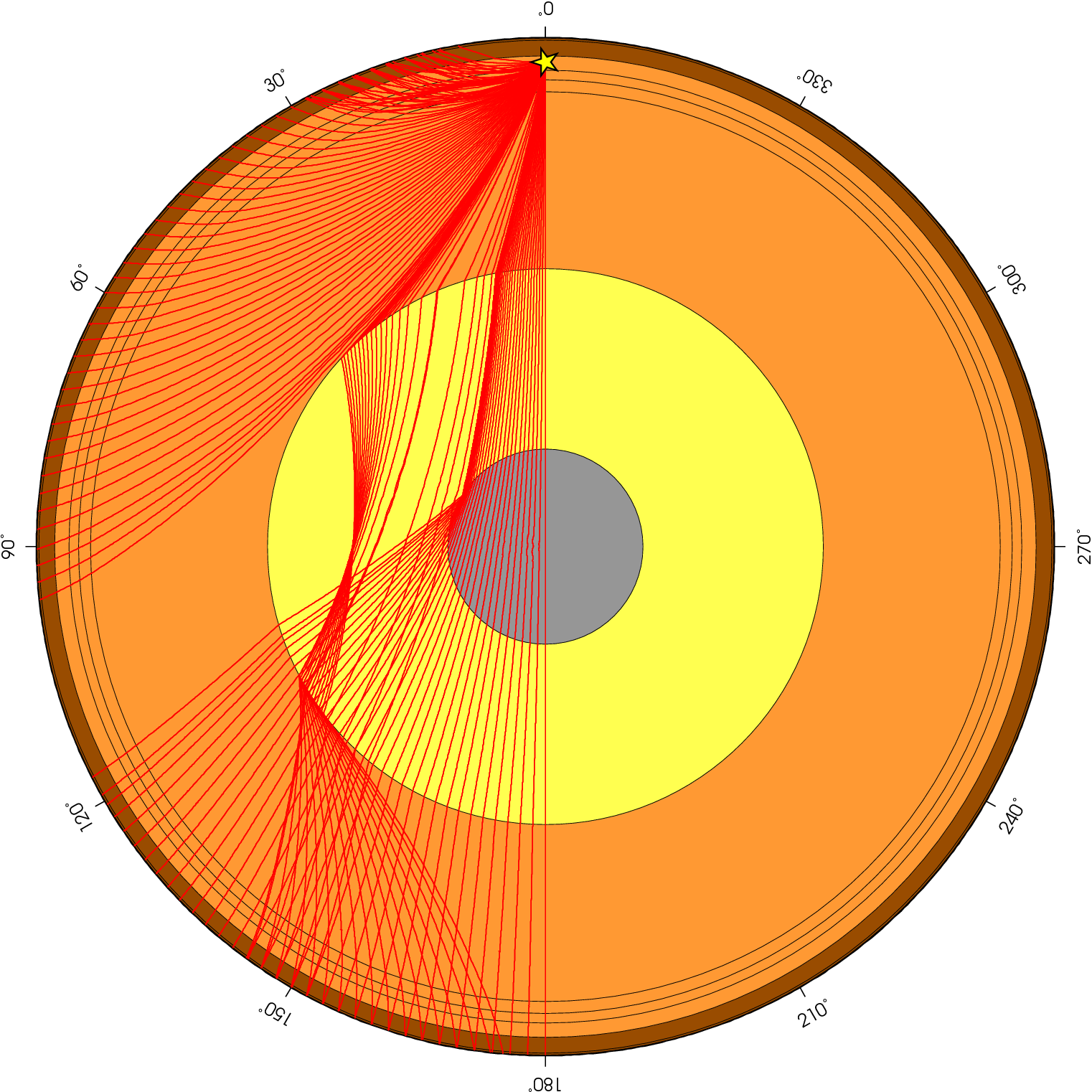
| Introduction Energy propagation has long been modeled using rays. In this approach (“ray-tracing”), the energy leaving a source is assumed to propagate in the form of rays, or hypothetical lines perpendicular to the wavefront. As a result of the Snell’s law, these rays twist and turn controlled by variations in their velocity throughout an environment. The energy from earthquakes and tsunamis has been studied as bundles of rays propagating, respectively, in the Earth’s interior and the oceans (e.g. Crotwell et al, 1999; Woods & Okal, 1987). |
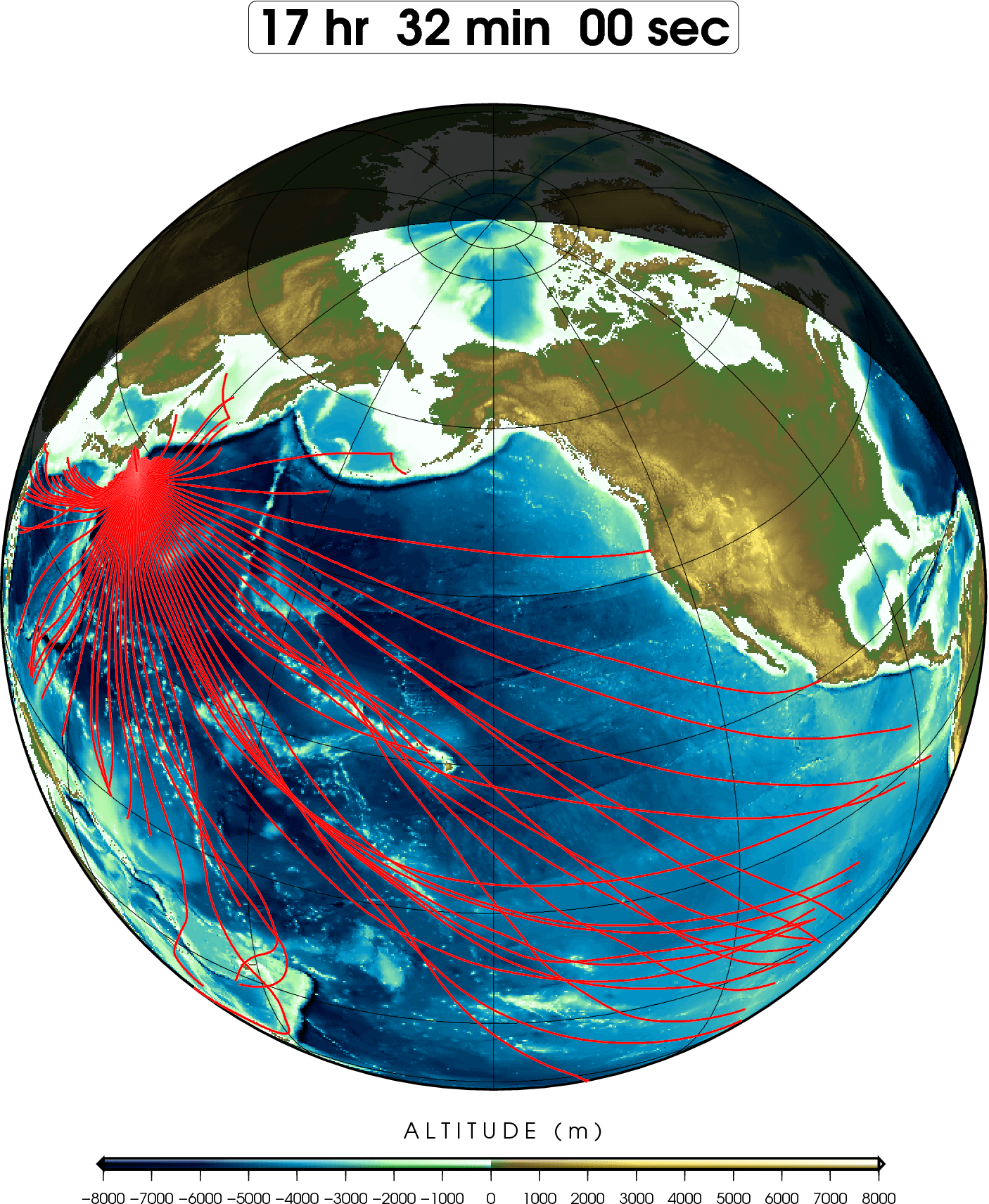
| How Does TsuBox Work? TsuBox ray-traces tsunami point-sources by shooting rays at various azimuths and propagates each ray in a grid of group/phase velocities (obtained from a bathymetry input). Each ray is then stored in a separate file of geographic coordinates. To ray trace finite sources, TsuBox converts a given continuous static initial deformation into a set of point sources by spatially sampling its vertical (“Z”) values. TsuBox then does the same ray-tracing process for each source grid point and eventually obtains a maximum propagation amplitude (or energy field) by computing the density per unit area. In calculation ray density, TsuBox considers deformation polarity; rays from positive initial deformations (“humps”) add to the density while those from negative parts of the source (“troughs”) reduce it. |
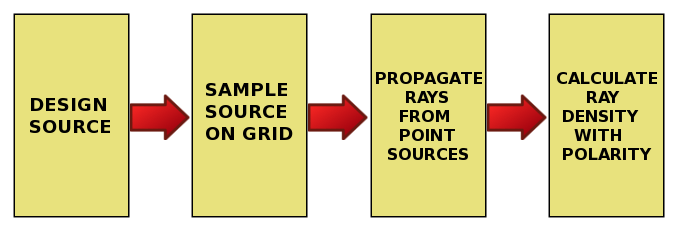
| How Does TsuBox Work? TsuBox ray-traces tsunami point-sources by shooting rays at various azimuths and propagates each ray in a grid of group/phase velocities (obtained from a bathymetry input). Each ray is then stored in a separate file of geographic coordinates. To ray trace finite sources, TsuBox converts a given continuous static initial deformation into a set of point sources by spatially sampling its vertical (“Z”) values. TsuBox then does the same ray-tracing process for each source grid point and eventually obtains a maximum propagation amplitude (or energy field) by computing the density per unit area. In calculation ray density, TsuBox considers deformation polarity; rays from positive initial deformations (“humps”) add to the density while those from negative parts of the source (“troughs”) reduce it. |

| Why Is TsuBox Useful? Ray patterns produced by TsuBox are good representations of tsunami propagation. However, as is common practice in seismology, once using the ray representation of the wavefield, all the information regarding the wave amplitude is discarded. For instance, while ray-tracing of seismic energy from an earthquake (left figure above) through the Earth, it implies almost no information about amplitude of the propagated energy. The “almost” disclaimer above refers to the old idea that the focusing of rays points to a higher concentration of energy and therefore may imply higher amplitudes. Obtaining amplitude information requires solving the full equations of energy propagation, and in the case of tsunamis the gravity wave version of Navier-Stokes equations describes the behavior of waves. Such equations are, for the most part, nonlinear and do not have analytical solutions, hence requiring numerical schemes. The computer programs used in doing so are time-consuming, as they often use finite-difference methods to solve the equations for all the bathymetry grid points at each time step. An interesting workaround to propagating the full energy trail is to propagate select pockets of energy in specific azimuths. The latter will have the form of rays propagating from a source. Using TsuBox, we can study the two methods as shown in below for the 11 March 2011 Japan tsunami. This figure compares the energy field (distribution of maximum amplitudes) from the MOST algorithm (Titov et al, 2016) and the highest concentration of ray propagation from a similar source. |
| TsuBox Documentation You can download the PDF documentation of TsuBox here. TsuBox Movies Check out TsuBox movies on YouTube! |
